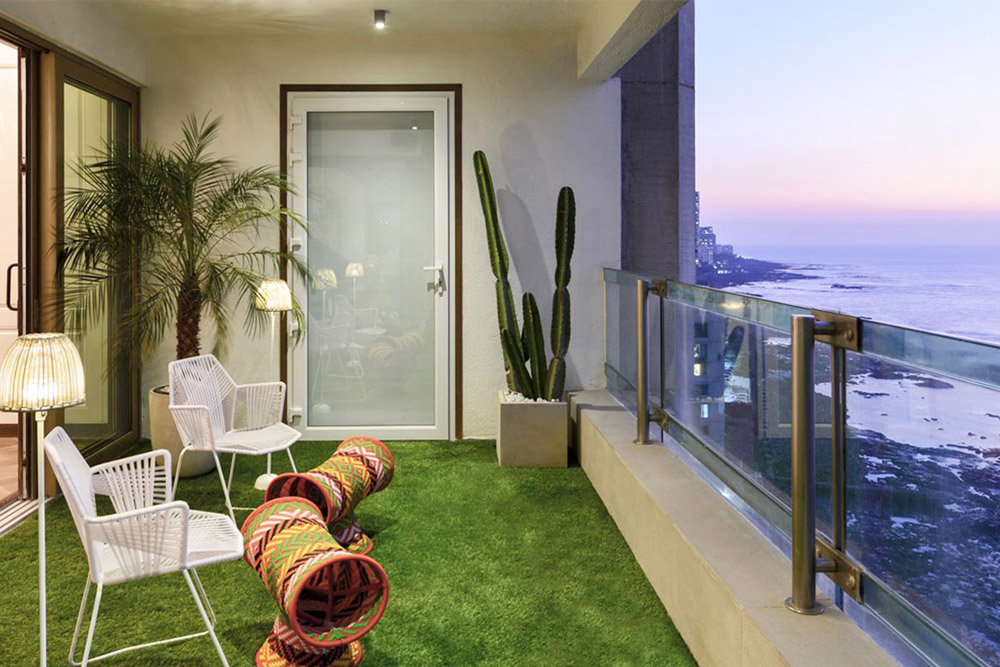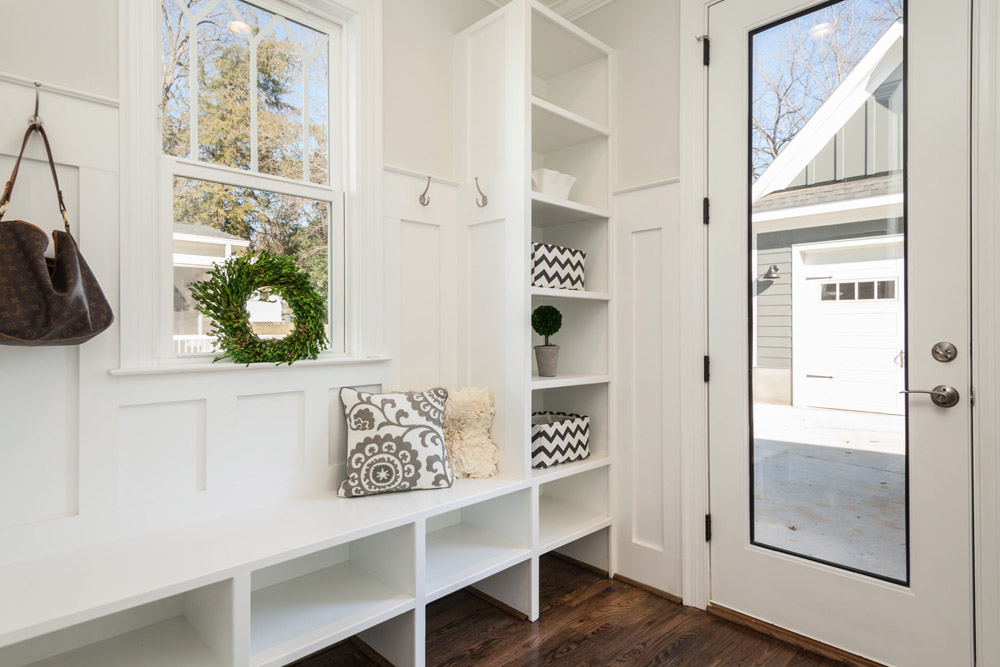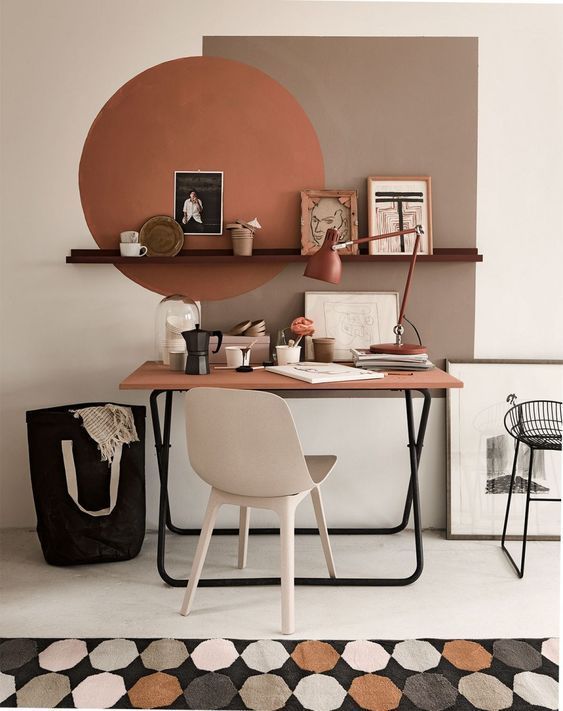 12th June 2020 | IN CORONAVIRUS | BY SBID
12th June 2020 | IN CORONAVIRUS | BY SBIDWe can all agree that COVID-19 has caused drastic changes in every respect of day-to-day life and consequently, is pushing people towards making different assessments and decisions than they would have made before, with an entirely new perspective on what’s important. Perhaps it is the first time in modern history that we have really lived the concept of home; its spaces and its livability.
For many, the enforcement to #STAYATHOME has paved the way for an incredible kind of rediscovery that has brought attention back to our environments which, now more than before, represent the constant background of our lives.
Domestic spaces
The reorganisation of domestic spaces is one of the first needs that emerges from this, and will be a compromise between the needs, the type of activities performed and the square meters available, both for those who are renovating or buying a house, and for those who simply want to restyle their interior design to create more pleasant and comfortable home environments.

Entrances
The popular open space entrances that overlook the living room or kitchen will be re-evaluated, preferring instead a partially isolated entrance that acts as a filter for the home. Hybrid solutions can also be adopted that can host, for example, a wardrobe, a shoe rack and a small bathroom, where hygiene-related actions can be performed.
Organised kitchens
The kitchen, even a small one, is the place of the “carefree meeting” where we cook, experiment and also try out playful activities with the little ones. Staying at home has forced – or perhaps enticed – us to spend more time back in the kitchen. A return to the origins but also a chance to spend more time together, setting aside home delivery services like Just Eat for some quality cooking time! We begin to focus more on making kitchen spaces more adaptive for cooking with the family and performing other activities (like homework!).

Smarter working stations
Smart working areas will be essential for future flexible working possibilities. From a minimal desk or a coffee table as a support surface on the side of the sofa to a deeper shelf inserted in an equipped wall, creating smarter working stations will become increasingly important. These spaces should be close to natural light, so as to feel less constrained and ‘boxed in’! Alternatively, using perimeter lighting systems that give the environment a calibrated and homogeneous light can help to simulate the solar one.
An emphasis on biophilia
Introducing more plants into the home helps us feel less detached from the outside world. Bringing more of nature inside, together with relaxing fragrances to perfume the air, can improve our mood – as well as productivity!

Multi-functional bathrooms
A multi-functional bathroom can also double up as a space-saving fitness area. Integrating bathroom furnishings dedicated to personal care into a gym system could help keep you in shape at all hours of the day with compact fitness corners, suitable for any types of space.
Room control systems
Air purifying becomes a key concern. As our awareness of health and hygiene comes to the forefront, we look to keep the temperature of rooms controlled in order to promote psycho-physical well-being; evaluating the use of machines capable of transforming oxygen into ozone to fight bacteria, viruses, mites and moulds.

Demands for outside space
Finally, we cannot forget the outdoor environments too (even if it’s just a balcony or a small terrace) – outside areas have been seen as a real luxury throughout the quarantine period, providing that all important access to fresh air and open space. The value placed on outside areas and gardens, what they look like and how to maximise them, will become bigger considerations moving forward in a post-coronavirus world.
In short, it is necessary to design quality houses, with intelligent solutions that allow you to optimise spaces that are no longer a trivial copy and paste from design magazines but that, on the contrary, are able to reflect the personality and way of life by those who live there!
This post is part of a series exploring the ways that the health emergency of Covid-19 has changed the way we conceive public and private spaces. Click here to read the first post.
About the Author
Elisabetta de Strobel is an internationally acclaimed Interior Designer and Art Director, originally from Rome. Her studio offers expert consultation services for interior design, product design, branding and strategic market analysis.
If you’d like to become SBID Accredited, click here to find out more.



